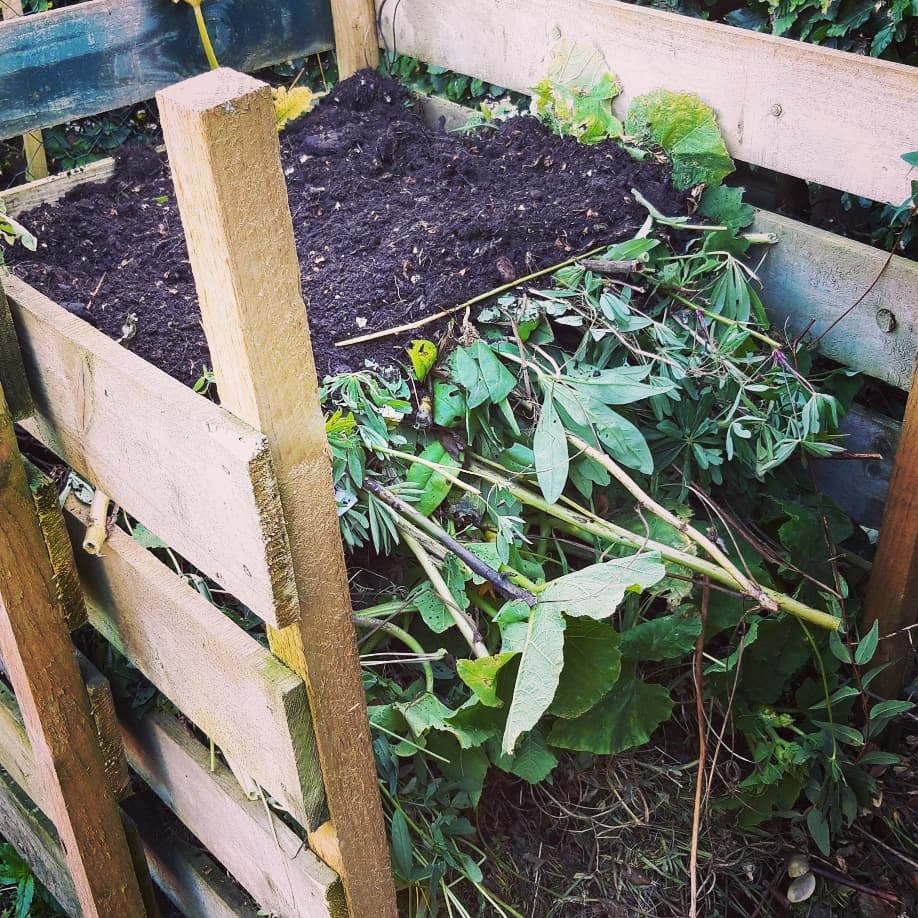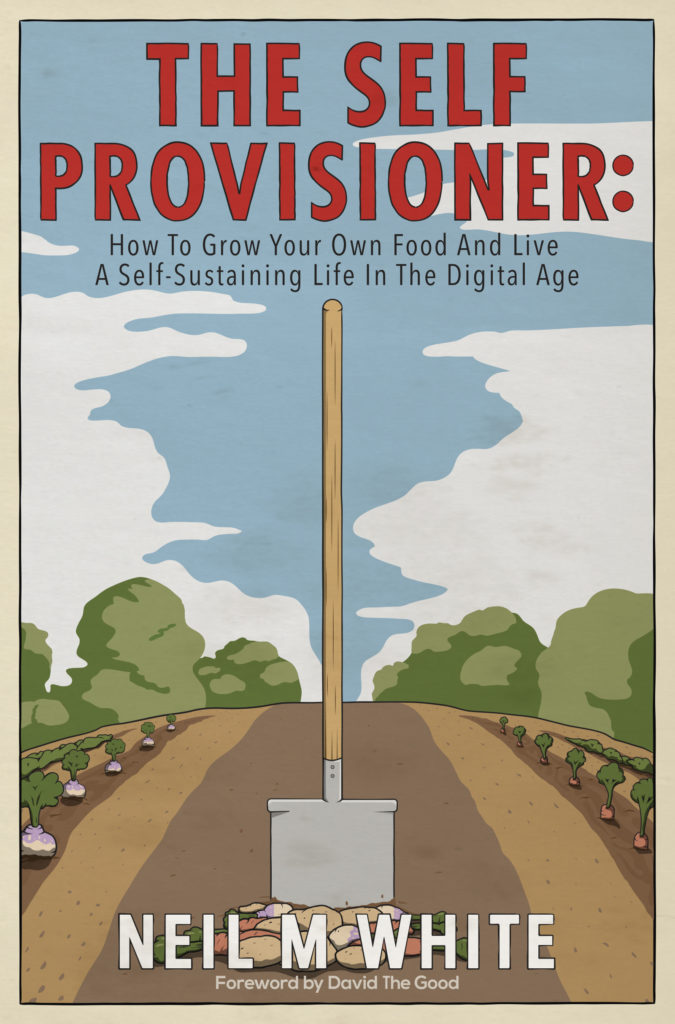Why Now is Absolutely the Best Time to Start a Compost Heap
Right now we are living in uncertain times. We don’t know what’s going to get us first – the Chinese bat flu, the economic meltdown or something worse that we don’t even know about yet.
Which is why so many of us are escaping out to the garden at the moment. People across the globe are becoming more interested in growing their own vegetables and fruit.
This isn’t the first time this has happened. World wars, recessions and depressions have all made us run for the outdoors, shovel and packet of seeds in hand. It’s a natural and important way to decompress, process and zone out.
I’ve been doing this myself recently. My father passed away recently and the garden offers solitude and a place to focus on something other than pain and worry for the future.
One of the key aspects of our newfound love of our gardens is that these must be low input. We simply cannot just pop down to the local garden centre and pick up armfuls of ready grown vegetable plants, exotic composts and fertilisers. You are literally stuck with what you have.
What a great opporunity!
The best time to start a compost heap was last year. The second best time is…
Now.
That’s my own version of a famous quote about trees which is often attributed to Napoleon the Great when he marched his troops through the shady, old roads of France. He was making the point that his men would be sweating in the summer French sun if it weren’t for wise men who’d planted the trees generations before.
Composting – the slow aerobic decomposition of plant matter into humus – is not something that can be rushed. Even designer bins can only offer to produce you something in a couple of months. I let my compost cure for as long as possible – up to a year is good in my north European climate.
Hot composting (where the heap is built quickly from scratch and turned regularly to produce compost quickly) has its draw backs – apart from the work and planning involved, the compost heap can get too ‘hot’ and effectively roast the plant matter.
So if you started a compost heap last year, you’ll be sitting pretty.
But if you didn’t, now is the time to start. Here’s why.
Unless you’re a doctor, nurse or undertaker, you’ve never had more free time (and probably never will). Your social calendar has cleared itself and you probably aren’t even working as much as before.
Now is the perfect time to go out to your garden and learn a few things – like how to start a compost heap with minimal inputs or how to grow vegetables (start easy).
A compost heap doesn’t take much time or effort to start but once you do, you’ll be freewheeling. Here are my top composting tips:
1. Don’t Spend A Lot of Money
There are probably hundreds of compost bin and heap products out there. And most are completely unnecessary and overpriced. A compost heap can be just that – a pile of stuff on the ground. Sure, it won’t look pretty and the sides won’t decompose very well but it will have cost you zero dollars and zero pence to make.
From there, you can make a heap with bits of wood, old packaging pallets or just a roll of chicken wire. My favorite design is this one:

Put some branches or old bricks in the bottom to help with air circulation and you’re off and running. As you fill the heap, the contents will create the structure of the heap. It’s physics, baby.
2. Make Two Heaps. Or More
This is a real rookie mistake for making a compost heap: making just one. ‘What’s the problem with that?’ I hear you ask.
Think about it – you spend the next 4-6 months filling the heap with kitchen scraps, grass clippings and your own urine (no, I’m not kidding). Then you cover it over to let it cure – so far so good.
But what are you going to do with all your scraps and waste while you wait for the heap to do its thing? Go back to throwing it out?
If you have two heaps, finishing one means you can start on the second. And while the first is curing and then being used, you are filling the second. If you want to be really hard core (and have a lot of stuff to compost) you could start a third heap.

3. Make Your Compost Heap with Layers – Like a Cake
Look at the photo above. What you see? Lots and lots of layers of different vegetation all one on top of each other. You need this balance of ‘green’ and ‘brown’ material on your compost.
Greens: kitchen wastes (not bread or meat), fresh grass clippings, garden wastes like pumpkin leaves or harvesting residues.
Browns: dry grass, shredded leaves (not too many), paper, cardboard or spent (ie used) potting compost.
Layer it up one after the other spreading as you go and watering with a liquid feed such as comfrey tea or your own wee. A ratio of 50/50 browns to greens is good.
Make a heap which is around 1 cubic yard (or metre if you live in a developed country) – that’s plenty big enough. Smaller than this and the heap will dry out too quickly and not decompose very well.
Once your heap reaches around one cubic metre in volume, cover with an old carpet and leave for several months. I like to let mine cure over late autumn and winter.
And presto – you will have created compost which can now be used to make your garden better, feeding the soil and the little bugs which live in it.
I hope you’ve enjoyed this quick guide. There’s a whole chapter on compost in my new book The Self Provisioner which is out now. Get it here.

